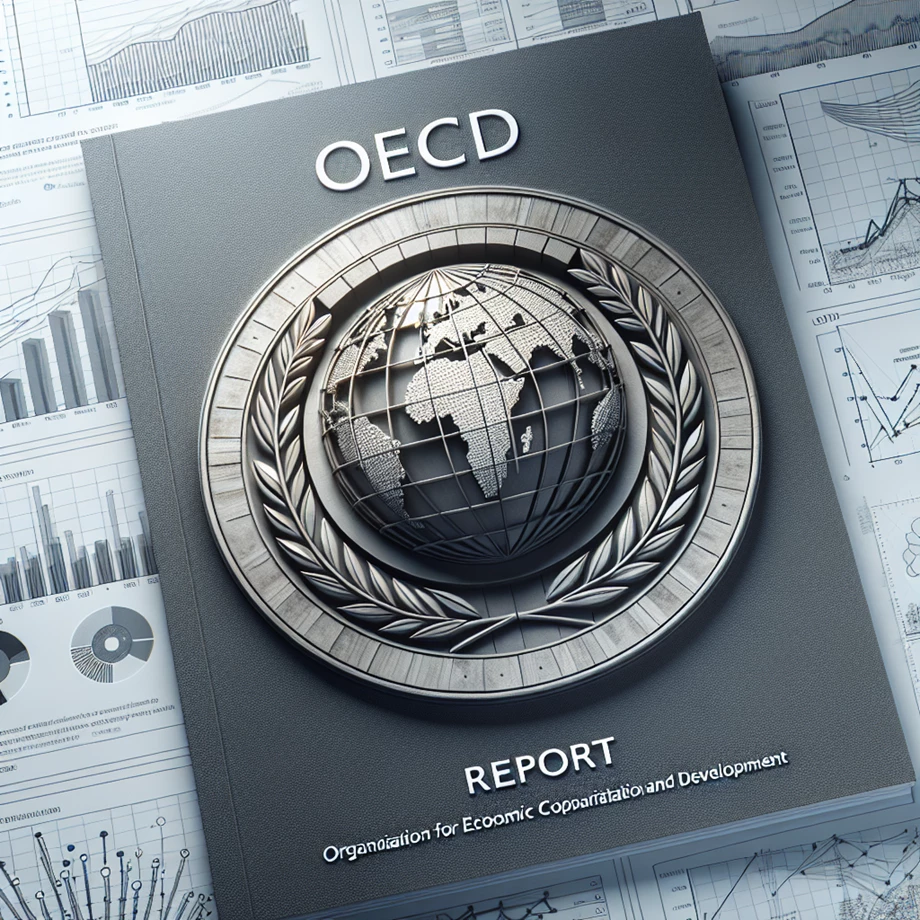According to the Organization for Economic Cooperation and Development (OECD) report, “Climate Finance Provided and Mobilised by Developed Countries in 2013-2022,” developed countries provided and mobilized USD 115.9 billion as climate finance for developing countries in 2022. This marks the first time the annual USD 100 billion goal has been exceeded, surpassing the target by over 15%.
Key Highlights:
Achievement of Climate Finance Goals:
- Surpassing the Target: For the first time, developed countries surpassed the annual USD 100 billion climate finance goal, achieving USD 115.9 billion in 2022.
- OECD Assessment: This is the OECD’s 7th assessment of progress towards the United Nations Framework Convention on Climate Change (UNFCCC) goal, originally agreed upon in 2009.
- Timeline Note: Although the target was achieved two years later than the original 2020 deadline, it was met a year earlier than the OECD’s projected timeline.
About the Report:
- Scope and Trends:
- Timeframe: The report covers trends in annual climate finance provided and mobilized by developed countries between 2013 and 2022.
- Analysis: It presents data categorized by the source of finance, climate theme, sector, income group, type of financial instrument, and geographical distribution.
- Public and Private Contributions:
- Public Climate Finance: Contributed 80% of the total climate finance in 2022, increasing from USD 38 billion in 2013 to USD 91.6 billion in 2022.
- Bilateral and Multilateral Sources: Bilateral sources contributed USD 41 billion, and multilateral sources provided USD 50.6 billion in 2022.
- Private Finance Mobilization: Private finance mobilized by public climate finance reached USD 21.9 billion in 2022, a 52% increase from previous years.
Adaptation Finance:
- Adaptation Funds:
- Total Adaptation Finance: Reached USD 32.4 billion in 2022, with USD 28.9 billion from bilateral and multilateral public sources and USD 3.5 billion from the private sector.
- COP26 Glasgow Climate Pact: Developed countries are on track to double adaptation finance by 2025, as pledged.
- Financial Instruments and Distribution:
- Loans and Grants: Loans are the primary instrument for public climate finance, especially from Multilateral Development Banks (MDBs). Grants are prioritized for lower-income countries.
- MDB Financing: Approximately 90% of MDB financing between 2016 and 2022 was in the form of loans.
- Bilateral Providers: Provided 57% of their climate finance as loans and 39% as grants.
- Increased Funding: Grants increased by USD 13.4 billion (a 109% increase), and public loans increased by USD 30.3 billion (a 91% increase) between 2016 and 2022.
Support for Vulnerable Countries:
- Allocation of Funds:
- Low-Income Countries: Only 10% of climate finance went to low-income countries in 2022.
- Adaptation Finance: 50% of adaptation finance was directed to Least Developed Countries (LDCs) and Small Island Developing States (SIDS), compared to the average of 25% for all developing countries.
Context and Future Goals:
- UNFCCC Goal:
- Annual Target: The OECD’s 7th assessment highlights progress toward the goal of mobilizing USD 100 billion annually by 2020, extended to 2025, to help developing countries mitigate and adapt to climate change.
- New Collective Quantified Goal (NCQG): Discussions for a post-2025 NCQG are underway, aiming to address evolving global needs and optimize the roles of various actors and finance sources.
Recent Related News:
- India’s GDP Growth Forecast: According to the OECD Economic Outlook, Volume 2024 Issue 1, the OECD has raised India’s Gross Domestic Product (GDP) growth forecast for FY25 (2024-25) by 40 basis points to 6.6% from the previously projected 6.2%.
About the Organization for Economic Cooperation and Development (OECD):
- History: The OECD was preceded by the Organisation for European Economic Co-operation (OEEC). The convention transforming the OEEC into the OECD was signed on December 14, 1960, and came into force on September 30, 1961.
- Secretary-General: Mathias Cormann
- Headquarters: Paris, France


